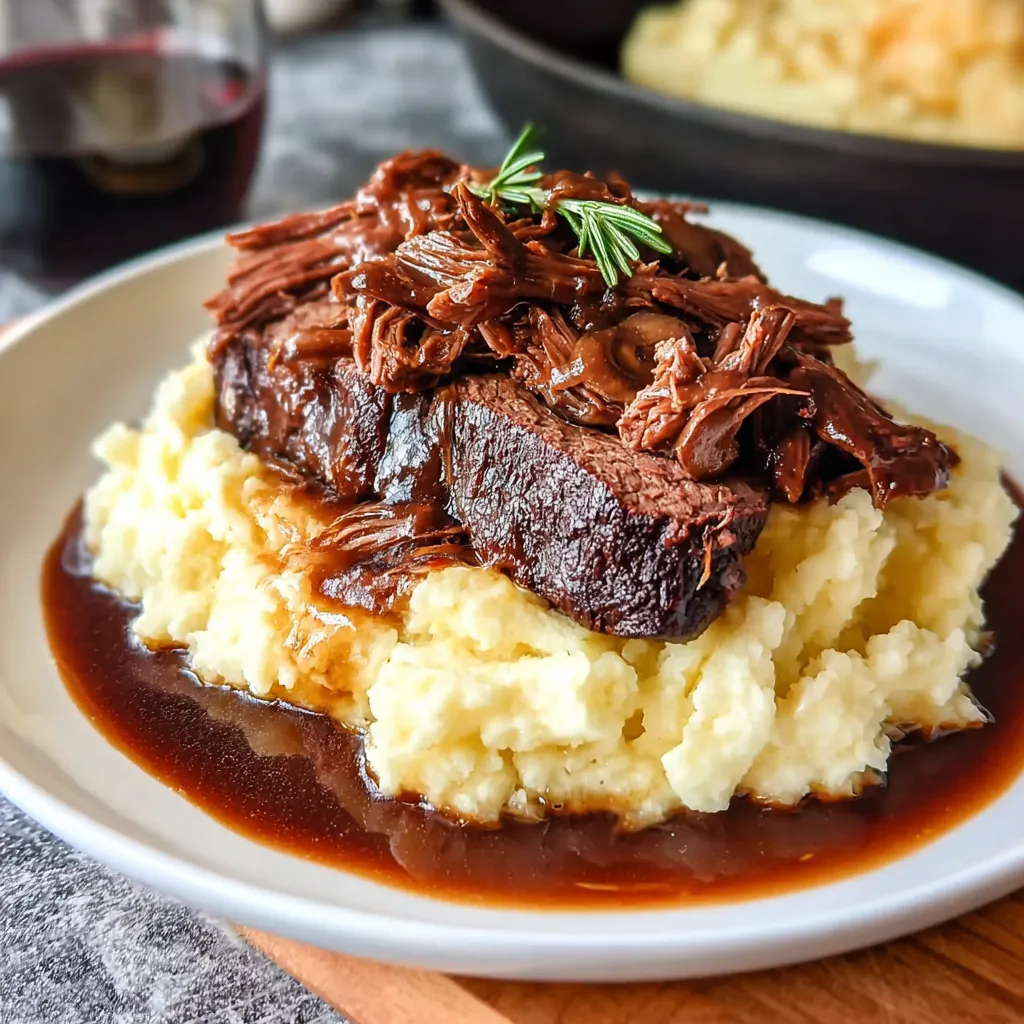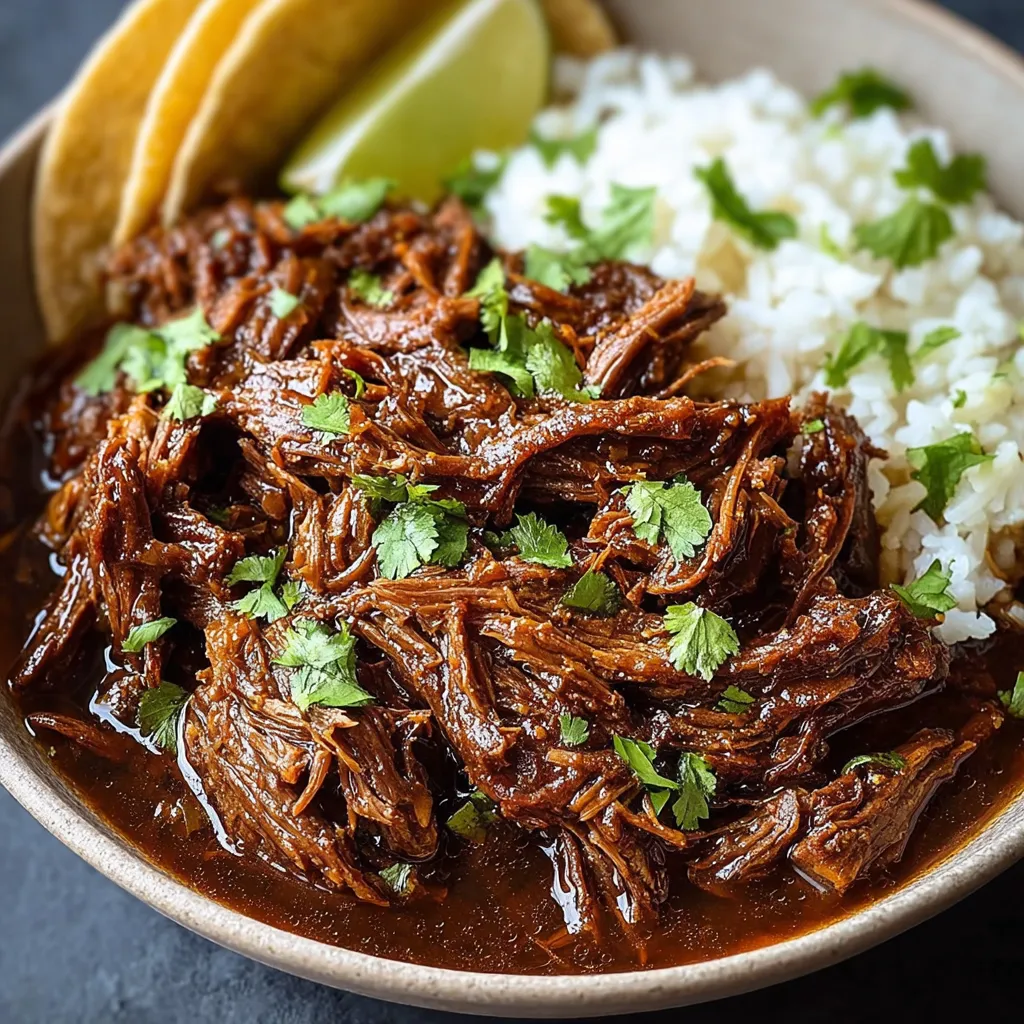Deconstructing Deliciousness: The Science Behind Beef Manhattan
At its heart, Beef Manhattan is a study in textures and complementary flavors. The tender beef, the silky gravy, and the absorbent bread each play a crucial role. The key to a great Beef Manhattan lies in understanding the science behind each component.- The Beef: Choosing the right cut is paramount. Sirloin is a popular choice, prized for its flavor and relative tenderness. However, the *real* secret is proper cooking. Overcooked sirloin becomes tough and dry. We need to coax out its tenderness through careful searing and a gentle simmering process.
- The Gravy: Gravy, the lifeblood of Beef Manhattan, relies on the Maillard reaction for its deep, rich flavor. That beautiful browning that occurs when meat and flour meet heat? That’s the Maillard reaction, creating hundreds of flavor compounds. A well-made gravy should be thick enough to cling to the beef and bread, but not so thick that it becomes pasty.
- The Bread: The bread acts as a sponge, soaking up the delicious gravy. A sturdy, slightly crusty bread like Texas toast or a thick slice of sourdough is ideal. It needs to be able to withstand the moisture without disintegrating.
The Definitive Beef Manhattan Recipe
 This recipe is the culmination of countless experiments and taste tests. It’s designed to be approachable for home cooks while delivering restaurant-quality results.
This recipe is the culmination of countless experiments and taste tests. It’s designed to be approachable for home cooks while delivering restaurant-quality results.
Ingredients:
- For the Beef:
- 1.5 lbs Sirloin steak, cut into 1/4-inch thick slices against the grain
- 2 tbsp Olive oil
- 1 tsp Salt
- 1/2 tsp Black pepper
- 1 medium Onion, thinly sliced
- 2 cloves Garlic, minced
- 1 cup Beef broth
- 1/2 cup Red wine (optional, but highly recommended)
- 1 tbsp Worcestershire sauce
- 1 tsp Dried thyme
- 1 bay leaf
- For the Gravy:
- 2 tbsp Butter
- 2 tbsp All-purpose flour
- 2 cups Beef broth
- 1/4 cup Red wine (optional)
- Salt and pepper to taste
- For Serving:
- 6 slices Thick-cut Texas toast or sourdough bread, toasted
- Mashed potatoes (optional, but classic)
- Fresh parsley, chopped (for garnish)
Instructions:
- Prepare the Beef: Season the sirloin slices with salt and pepper. Heat olive oil in a large skillet or Dutch oven over medium-high heat. Sear the beef in batches, being careful not to overcrowd the pan. Sear for about 1-2 minutes per side, until browned. Remove the beef and set aside.
- Sauté Aromatics: Add the sliced onion to the skillet and cook until softened, about 5-7 minutes. Add the minced garlic and cook for another minute until fragrant.
- Deglaze and Simmer: Pour in the beef broth and red wine (if using), scraping up any browned bits from the bottom of the pan. Add the Worcestershire sauce, dried thyme, and bay leaf. Bring to a simmer.
- Return Beef and Simmer: Return the seared beef to the skillet. Reduce heat to low, cover, and simmer for 30-45 minutes, or until the beef is very tender.
- Make the Gravy: While the beef is simmering, prepare the gravy. In a separate saucepan, melt the butter over medium heat. Whisk in the flour and cook for 1-2 minutes, stirring constantly, to create a roux. Gradually whisk in the beef broth and red wine (if using), ensuring no lumps form. Bring to a simmer and cook until the gravy has thickened, about 5-7 minutes. Season with salt and pepper to taste.
- Combine and Serve: Remove the bay leaf from the beef mixture. Pour the gravy over the beef and stir gently to combine. Serve the beef and gravy over toasted bread. Garnish with fresh parsley and a side of mashed potatoes, if desired.
My Beef Manhattan Odyssey: A Culinary Investigation
My journey to Beef Manhattan perfection was paved with good intentions and several near-disasters. Like many of you, I initially thought it was just “brown gravy over beef on bread.” How wrong I was!The “Mystery Meat” Phase
My first few attempts were a disaster. I used a cheap cut of beef, overcooked it to shoe leather, and the gravy tasted suspiciously like dishwater. I realized that quality ingredients and proper technique are non-negotiable. I even tried making it like Cabbage Beef Bake once! Big mistake.The Gravy Gauntlet
Next, I focused on the gravy. My early attempts resulted in either a thin, watery sauce or a gluey, lumpy mess. Then, I had an “Aha!” moment when I learned the importance of the roux. Properly cooking the butter and flour before adding the liquid is crucial for achieving a smooth, flavorful gravy. I also experimented with different liquids, adding red wine and Worcestershire sauce for depth of flavor. Thinking about different ways to approach, I thought maybe it could be similar to Vegetable Beef Soup, but I quickly realized it needed a completely different gravy base and meat texture.The Bread Brouhaha
Finally, the bread. I tried everything from flimsy white bread to crusty baguettes. The white bread disintegrated into a soggy mush, while the baguette was too tough to cut with a fork. The Goldilocks solution? Thick-cut Texas toast, toasted to a golden brown. It’s sturdy enough to hold the gravy, yet soft enough to soak up all the delicious flavors. I considered a Farmhouse Hamburger & Potato Bake type of topping but decided it wouldn’t work.The Revelation
After countless iterations, I finally cracked the code. The perfect Beef Manhattan requires tender, flavorful beef, a rich, velvety gravy, and sturdy, absorbent bread. It’s a dish that rewards patience and attention to detail. I even started to think of other recipes I could adapt, like Instant Pot Chuck Roast With Gravy!The Beef Manhattan Manifesto: A Foolproof Technique
Here’s a step-by-step guide to achieving Beef Manhattan perfection:- Choose the right beef: Sirloin is a good choice, but any tender cut that can be sliced thinly will work.
- Sear, don’t burn: Sear the beef in batches over medium-high heat to develop a flavorful crust. Avoid overcrowding the pan.
- Simmer gently: Simmering the beef in broth and wine allows it to become incredibly tender. Don’t rush the process!
- Master the roux: Cook the butter and flour together until fragrant before adding the liquid. This ensures a smooth, lump-free gravy.
- Toast the bread: Toasting the bread adds texture and prevents it from becoming soggy.
- Season generously: Don’t be afraid to season the beef and gravy with salt, pepper, and other flavorful ingredients.
What is the best cut of beef to use for Beef Manhattan, and why?
Sirloin steak is a popular choice, prized for its flavor and relative tenderness. However, any tender cut that can be sliced thinly will work.
Why is the Maillard reaction important for making the gravy?
The Maillard reaction, the browning that occurs when meat and flour meet heat, creates hundreds of flavor compounds that give the gravy its deep, rich flavor.
What type of bread is recommended for Beef Manhattan, and why?
A sturdy, slightly crusty bread like Texas toast or a thick slice of sourdough is ideal. It needs to be able to withstand the moisture from the gravy without disintegrating.
What is the key to making a smooth gravy without lumps?
Properly cooking the butter and flour together (creating a roux) before adding the liquid is crucial for achieving a smooth, lump-free gravy.

Best Beef Manhattan Recipe
Ingredients
Equipment
Method
- Season the sirloin slices with salt and pepper.
- Heat olive oil in a large skillet or Dutch oven over medium-high heat.
- Sear the beef in batches, being careful not to overcrowd the pan. Sear for about 1-2 minutes per side, until browned. Remove the beef and set aside.
- Add the sliced onion to the skillet and cook until softened, about 5-7 minutes. Add the minced garlic and cook for another minute until fragrant.
- Pour in the beef broth and red wine (if using), scraping up any browned bits from the bottom of the pan. Add the Worcestershire sauce, dried thyme, and bay leaf. Bring to a simmer.
- Return the seared beef to the skillet. Reduce heat to low, cover, and simmer for 30-45 minutes, or until the beef is very tender.
- While the beef is simmering, prepare the gravy. In a separate saucepan, melt the butter over medium heat.
- Whisk in the flour and cook for 1-2 minutes, stirring constantly, to create a roux.
- Gradually whisk in the beef broth and red wine (if using), ensuring no lumps form. Bring to a simmer and cook until the gravy has thickened, about 5-7 minutes. Season with salt and pepper to taste.
- Remove the bay leaf from the beef mixture.
- Pour the gravy over the beef and stir gently to combine.
- Serve the beef and gravy over toasted bread. Garnish with fresh parsley and a side of mashed potatoes, if desired.




